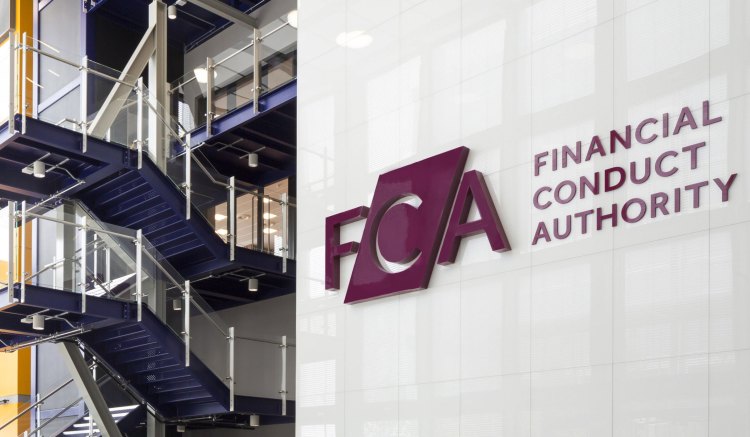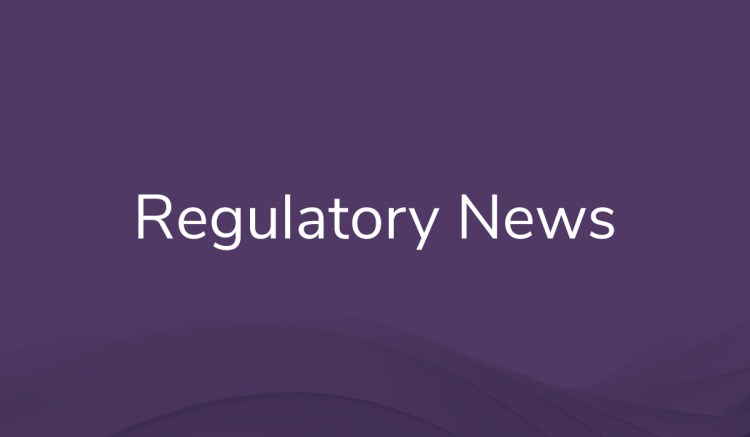As we begin to turn our minds toward New Year’s resolutions or setting goals for the year to come, the Securities and Exchange Commission (SEC) has announced its own objectives in the form of its recently released Examination Priorities.
These priorities comprise the risk areas that the SEC’s Division of Examinations will be paying particular attention to in 2026, and combine focuses of the past year with those that are beginning to emerge.
SEC the future
SEC Chairman Paul Atkins stated that the annual Priorities “should enable firms to prepare to have a constructive dialogue with examiners” as well as “provide transparency” into what risk areas the SEC will be pursuing. In addition, he advised firms that, while examinations are vital to enabling the SEC to achieve its mission, they are not meant to be a “gotcha exercise.”
Overall, the need for effective compliance remains an overarching theme, especially as the industry undergoes rapid transformation. Keith Cassidy, Acting Director of the Division of Examination, noted this in the introduction of the Priorities:
“Promoting compliance is an essential part of our four-pronged mission…We recognize that market participants are navigating an increasingly complex and changing financial and regulatory environment. By sharing key observations from examinations…and publishing… annual priorities, we strive to improve compliance in a way that that we believe is both transparent and practical.”
Key details of the SEC’s 2026 Examination Priorities
Like previous years, the 2026 Priorities contain seven different sections, applicable to investment advisers, investment companies, broker-dealers, self-regulatory organizations, clearing agencies, and other market participants. The final section underlines current risk areas impacting market participants, which are especially reflective of evolving technologies, security, and data integrity.
Investment advisers and investment companies
Main themes include: Standards of conduct and effectiveness of compliance programs
A major point for investment advisers was assessing the effectiveness of their compliance programs, including the polices firms have in place to ensure compliance with regulations, with marketing being one of the core areas mentioned. This is unsurprising given the SEC’s fairly regular cadence of enforcements against Marketing Rule violations, targeted against misleading advertising in aims to protect consumers.
The SEC also stated that it would examine whether investment advisers are adhering to appropriate standards of conduct in serving retail investors, such as the accuracy of investment advice and disclosures. Under the new administration, investor protection is continuously highlighted as a key mission, suggesting that this priority will remain consistent.
Broker dealers
Main themes include: Compliance with Regulation Best Interest
Regulation Best Interest (Reg BI), which establishes standards of conduct for broker-dealers, will be a key focus area for 2026, with the Division stating that it would examine firms’ sales practices in relation to product and investment strategies. The SEC will particularly be evaluating polices, procedures, and supervisory controls to ensure practices are aligned with compliance and Reg BI standards.
Risk areas impacting market participants
Cybersecurity and operational resilience
Cybersecurity is the first theme highlighted by the SEC and continues to be a perennial priority. Cyber risks have only continued to grow in scale and complexity, meaning that firms must take extra care that their resilience and security strategies are built to defend against major disruptions or outages.
Incidents over the past year, such as the Capita data breach or the AWS outage, have made it especially evident that undeveloped security and resilience can prove detrimental to business operations and market stability, leading to increasing regulatory scrutiny feeling like an inevitable consequence.
AI technologies
While the SEC has yet to commit to any specific regulation of AI technologies, the 2026, the regulator has flagged where firms can take steps to control potential AI related risk, such as algorithm governance, oversight of AI’s use within compliance frameworks, and training programs around AI tools.
As firms more readily utilize AI-related platforms like ChatGPT, or implement AI-enabled tools into their compliance workflows, ensuring firms can answer transparency and explainability questions will only continue to grow in importance.
Third-party vendors
The SEC also stated that it would be scrutinizing firms’ oversight of their third-party vendors, especially in relation to operational resilience and Regulation S-ID/Regulation S-P, relating to data privacy and customer information.
A surprising omission
Despite the SEC increasingly focusing its attention on crypto over the past year, digital assets were surprisingly not mentioned as part of these 2026 Priorities, marking a shift from last year, which included a pledge to observe crypto assets and whether registrants were meeting certain compliance standards.
From dedicated roundtables to proposals for recordkeeping regulations to be expanded to apply to crypto firms, getting a handle on crypto regulation has been core to the SEC’s agenda. In a recent speech outlining the next phase of “Project Crypto” – aimed to clarify regulatory frameworks around the digital assets – Chairman Atkins stated that he believes “most crypto tokens are not securities.”
This, combined with the omission of crypto from specific mention in the 2026 examination priorities, amid a wider move to foster innovation and growth from the U.S. administration, may indicate that specific regulation of crypto products (or expansion of current regulations to encompass the sector) may be a while away yet. Ryan Sheridan, Global Relay’s senior manager of regulatory intelligence, weighed in with his thoughts:
“The SEC appears to be taking a more ‘pro-innovation,’ or at least less adversarial, approach to the digital asset ecosystem. This omission aligns with a broader policy tilt under the current administration toward supporting responsible growth of digital assets.”

Balancing the books
The SEC’s Examination Priorities provide firms with an extensive checklist to measure against their own programs to ensure they’re up to par. With the effectiveness of compliance programs and operational resilience listed as high priorities, recordkeeping and surveillance solutions will be key to keeping in harmony with regulatory demands transitioning into the new year.
With risk areas like cybersecurity, AI governance, and third-party risk at the forefront of the SEC’s agenda, a security-first, end-to-end provider is a core priority to keeping in step with compliance expectations.




